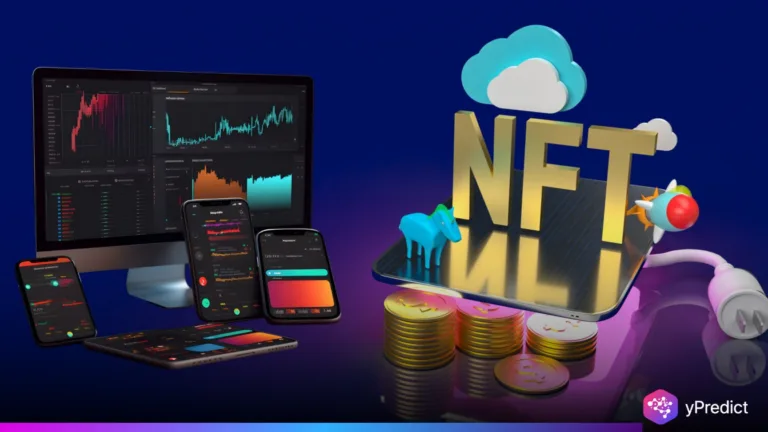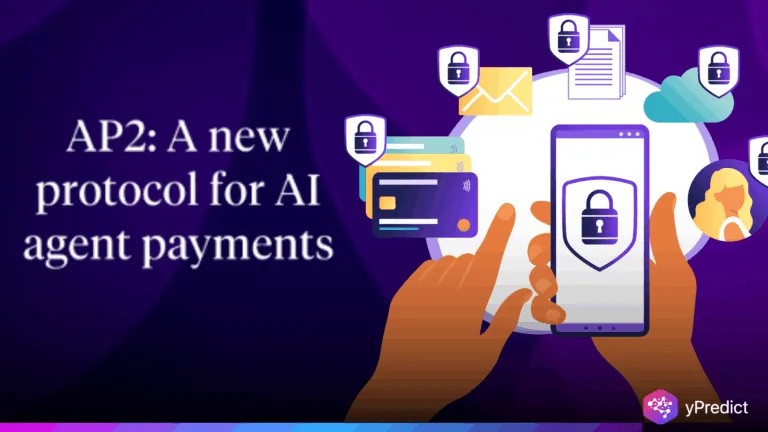
The tokenisation of government bonds is an important evolution in this area, as governments and central banks look to modernise capital markets. Tokenisation allows bonds to be presented in a digital form on a blockchain, which makes trading faster, safer, and more clear. Even as interest in tokenisation has developed, its full potential relies on regulatory and technical challenges that still need addressing.
In recent years, governments across the world have sought to experiment with the tokenisation of debt instruments. Such a course of action comes as financial innovation has become necessary to keep up with the pace of digital transactions, along with the increasing demands for accessibility. With that said, to capitalise on the benefits of tokenisation, market participants require more than just distinguishable innovation; they require strong infrastructures, clear regulations, and the cooperation between both public and private actors.
Why Tokenisation Matters for Government Bonds
Tokenisation provides a simplified means of issuing, trading, and settling government bonds. In addition, traditional government bond investment avenues have multiple intermediaries and slow settlement times, but blockchain-based bonds have near-instant settlement time, along with reduced cost and risk. For instance, smart contracts can be used in blockchain-based bonds, automating interest payments and redemptions, and increasing the overall market efficiency and efficacy.
The emergence of tokenised bonds may also present opportunities for government debt to become more appealing to a larger pool of investors, including retail buyers and international institutions. The transparent nature of the blockchain also means compliance and audit capabilities are more transparent and clear to a wider pool of investors. This could also help to rebuild trust in sovereign debt markets.
Financial Innovation Depends on Strong Foundations
While the tech is promising, financial innovation alone cannot drive change. Markets need solid foundations. That includes regulatory clarity around tokenised assets, proper tax treatment, investor protections, and settlement protocols. Without these, tokenisation could create confusion instead of efficiency.
In many countries, central banks are testing the waters. For example, the European Investment Bank has already issued digital bonds on blockchain platforms. These pilots help regulators understand how to support digital finance while preserving stability. However, until global standards emerge, cross-border transactions involving tokenised government bonds will remain complex.
Infrastructure Gaps May Delay Mass Adoption
With this enthusiasm also comes the reality of limited infrastructure as a significant barrier. In order to accommodate higher transaction volume, blockchain networks must establish interoperability and scalability, as well as security. Legacy systems will still need to connect to and integrate with digital platforms so that hybrid operations can work effectively.
This means that all market participants, including banks, custodians, and clearing houses, will need to invest in upgrading technology. In many cases, the existing legal frameworks will also need to be adopted for tokenised government bonds. Without a coordinated strategy, the benefits of tokenisation of government bonds will remain at the level of pilots and a handful of isolated successes.
Real-World Impact: What Tokenised Bonds Can Deliver
With effective engagement, tokenised bonds can create real-world value through faster settlements, improved liquidity, automation reducing errors and overheads, and increased transparency reducing the potential for fraud and increasing investor confidence. All of which provides higher market efficiency and a more inclusive financial system.
In addition, this financial innovation may innovate the way governments distribute public debt. Tokenisation may expand the number of classes of investors, opening up potentially tech-savvy retail users. This may catch upon new sources of funding, and reduce yields facing governments, while diversifying risk to make debt markets more resilient.
What the Future Holds for Tokenised Bonds
The next few years will be important. Policymakers need to work alongside financial institutions to develop the digital rails for tokenised securities. Clear rules, strong infrastructure and global standards should lay the foundation for success. Once these parts come together, government bond tokenisation could be an important component of a modern ecosystem of finance.
As the technology evolves, we may also see tokenised bonds interfacing with central bank digital currencies (CBDCs) and establishing a seamless public finance network. However, that vision relies on the need to work together and responsibly facilitate innovation today.






